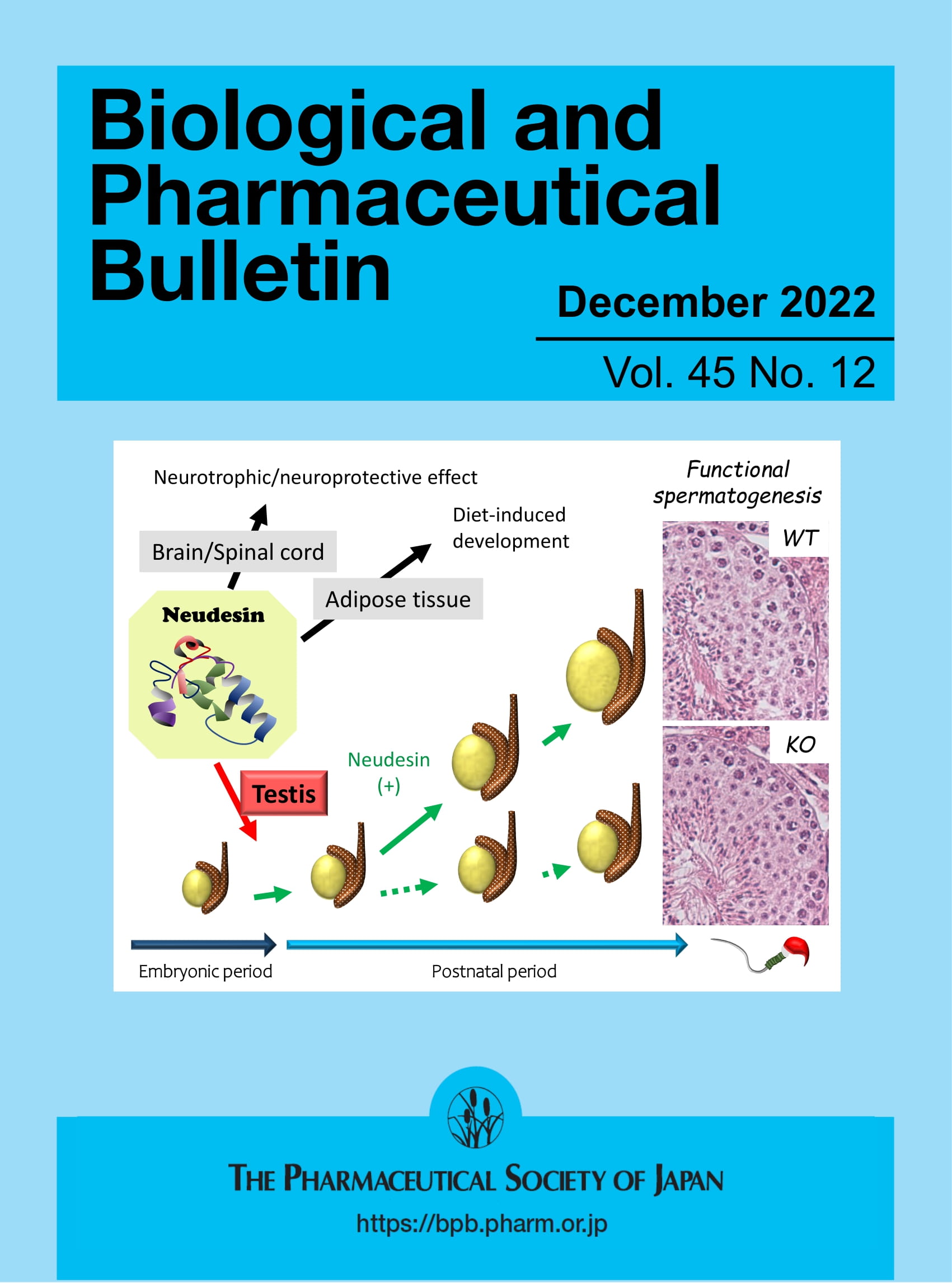Rapid Proteomic Amelogenin Sex Estimation of Human and Cattle Remains Using Untargeted Evosep-timsTOF Mass Spectrometry
Abstract
Rationale
Sex estimation by analysis of amelogenin peptides in archaeological and fossil material has recently been gaining great traction within the fields of archaeology and palaeontology. Current widely used proteomic amelogenin sex estimation methods are hindered by relatively long mass spectrometric run times, or targeting peptides specific to human amelogenin proteins. Untargeted, high-throughput amelogenin sexing would be invaluable for a range of applications, from sex estimation of remains at mass grave sites to broadening the application of rapid amelogenin sexing to non-hominin species for husbandry and evolutionary studies.
Methods
A new acid etch protocol followed by Evosep-LC-TIMS-TOF mass spectrometry is presented for amelogenin analysis, providing global peptide data through rapid mass spectrometric methods in under 20 min per sample (including sample preparation, mass spectrometric acquisition and data processing). This sampling protocol was developed on modern cattle (Bos taurus) teeth, before Evosep-timsTOF partial validation with archaeological cattle and human (Homo sapiens) teeth, demonstrating the potential of straightforward application of this rapid amelogenin sexing method to a range of taxa.
Results
The rapid Evosep-LC-TIMS-TOF mass spectrometry methods gave comparable peptide counts to conventional long untargeted methods, while maintaining similar (or faster) acquisition times to those reported in methods targeting specific human amelogenin peptides. Implementation of the novel acid etch sampling approach also streamlined sample preparation without compromising peptide counts.
Conclusions
Rapid, untargeted Evosep-LC-TIMS-TOF mass spectrometry was successfully implemented in sex estimation of modern and archaeological material from Bos taurus and Homo sapiens teeth. This demonstrates an advancement in low-cost, high-throughput amelogenin sex estimation, for both human and zooarchaeological applications.

 求助内容:
求助内容: 应助结果提醒方式:
应助结果提醒方式:


